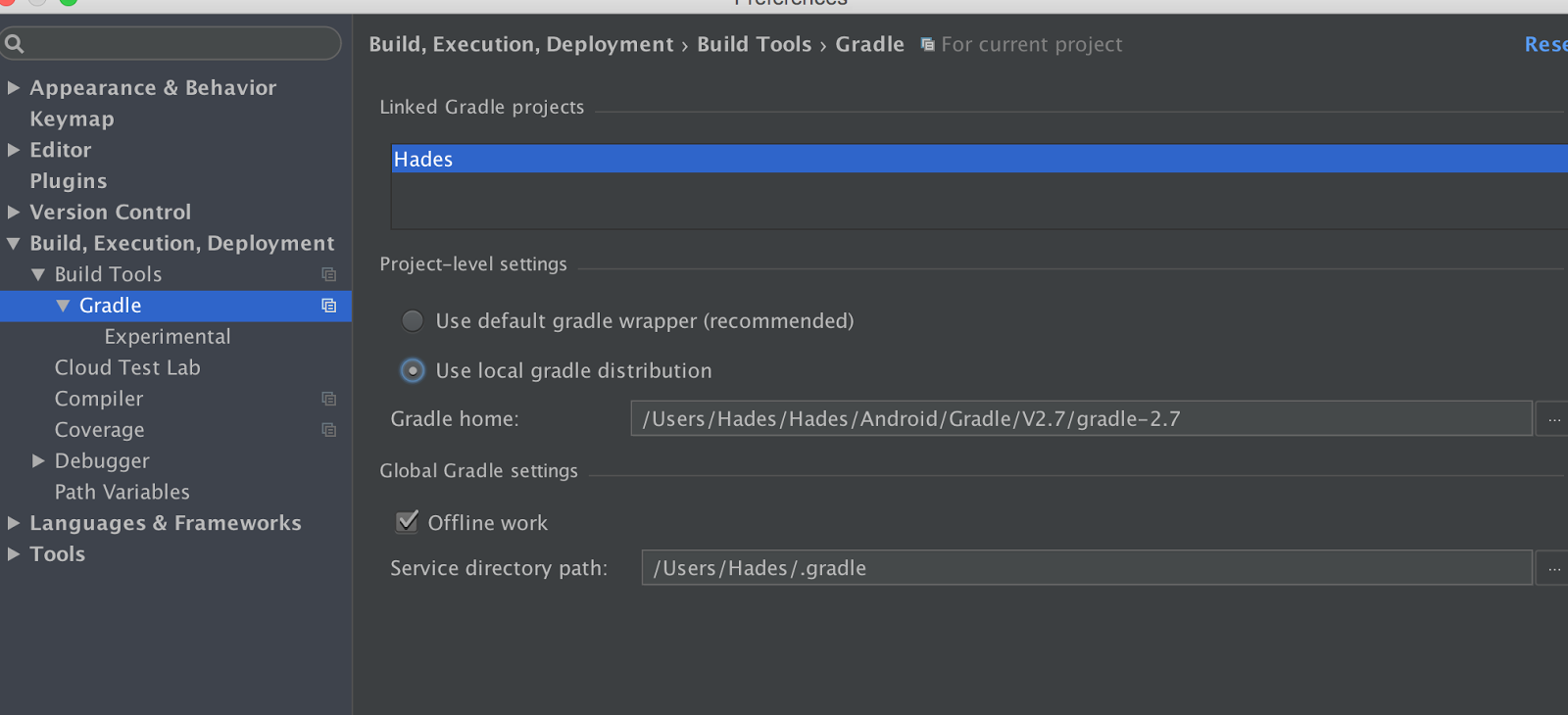

These files are generated by Android Studio automatically during project creation. Pay attention to the files with the green Gradle icon and. Open the project in Android Studio, and you’ll be prompted to setup the Gradle wrapper:Ĭhoose OK to configure the wrapper, which you’ll learn more about later in the tutorial.ĭepending on which version of Android Studio you’re running, you may also be prompted to update the Gradle plugin:Ĭhoose Update to finish opening the project in Android Studio.īefore starting working with the project, let’s review its structure in the Project pane in Android Studio: At minimum, you’ll need Android Studio 3.0 installed on your computer. So, there was little wonder why during Google I/O in May 2013, the Android Gradle plugin was introduced as the build tool built into the first preview of Android Studio :] Getting Startedĭownload SocializifyStarter, the starter project for this tutorial. It’s much easier to use and a lot more concise and flexible when compared to Ant or Maven alone. With Gradle, you can easily manipulate the build process and its logic to create multiple versions of your app.

It brings the convenience of a Groovy-based DSL along with the advantages of Ant and Maven. Gradle is an open source build automation system. If you are completely new to Android development, read through our Beginning Android Development tutorials to familiarize yourself with the basics.

Note: This tutorial assumes you’re already familiar with the basics of Android development.


 0 kommentar(er)
0 kommentar(er)
